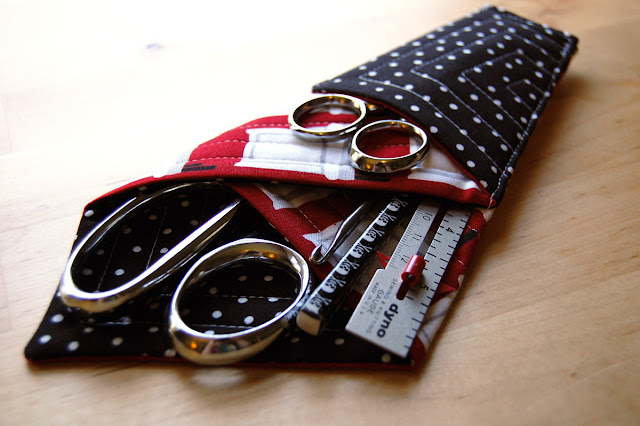How to Create a Color Study With Representational Colors
This color sketch is taken directly from Johannes Itten's famous "four seasons" lesson. This was one of the first lessons he would assign students in his class.
This lesson illustrates the psychological side of colors; the power of color to carry context beyond what you see. Itten believed strongly in the psychological aspects of color, and what your personal color choices could reveal about you. I'm sure you can already guess that these color sketches are based in the four seasons (spring, summer, fall, and winter), but you can create color representation sketches around any idea.
It is possible to use color to represent or convey a feeling (happy, sad, anxious or hot, cold, cozy, uncomfortable, hungry, pain, sorrow, loss, etc). I have seen a fellow Fiber Arts student create a large woven piece with small, colorful squares - each square representing one of her days through an entire year.
As with the other color sketch methods in this series, there really isn't a right or wrong way to approach this exercise. You can use your own tools and materials to create four season sketches and studies in a way that works best for you. I'm going to show you how I used color paper grids to make four season color sketches.
Materials to Create Color Representation Sketches
- Colored paper in a wide variety of hues, tints, tones, and shades (if you're using paper like me, Color Aid papers offer the most variety of colors for this purpose, although they are pricey. Alternatively, you can find lots of nice solid colored paper for scrapbooking)
- Base paper for creating grids (use a scrapbook, sketchbook, or single sheets of cardstock)
- Tools to cut paper into squares (I mostly use a hobby knife with #11 blade + cutting mat + metal ruler. You could also use a rotary cutter + cutting mat + clear ruler, or ruler + pencil + scissors. Whatever works best for you.)
- Adhesive of choice (glue stick works great for paper, glue squares work better for heavy cardstock or Color Aid paper)
- Recycle bin
The most important thing to remember when working with representational color sketches is to work with colors in your head, and not colors outside your head (looking directly at). I'm beginning with a "spring" color sketch, and thought hard about the colors that came to mind before beginning to pull the colors (as opposed to looking at photos of springtime).
Once I've spent time going through all the colored papers and selecting the 12 that I believe best represent my idea of "spring" I cut the colors into squares to fit my grid. I love playing around with the colored squares to find a layout that looks good to me, and I take my time with this step.
Here's my four seasons that I just put together below.
Easy to see that yes, I do love the bright and saturated colors. The fun thing about this type of sketch (if you find you enjoy this type of stuff) is being able to look back at earlier sketches and compare them to later sketches, they inevitably will be some differences.
This post is one in a series about making color sketches.
Find the introduction post here.
Find How to Create a Color Study With Color Harmony here.
Find How to Create a Color Study Investigation here.
This is the How to Create a Color Study With Representational Colors post.











Comments